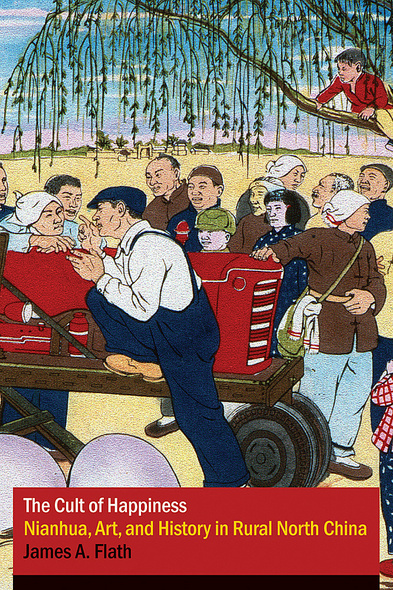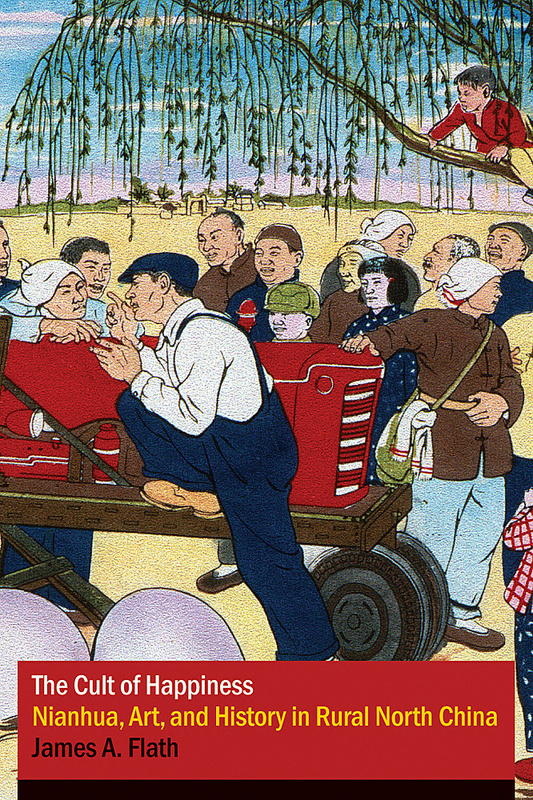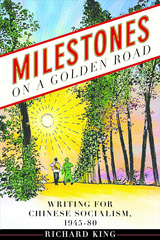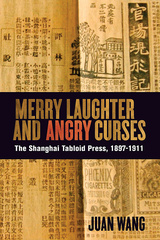
288 pages, 6 1/4 x 9 1/4
79 illustrations, 31 in colour
The Cult of Happiness
Nianhua, Art, and History in Rural North China
SERIES:
Contemporary Chinese Studies
UBC Press
History and art come together in this definitive discussion of the Chinese woodblock print form of nianhua, literally “New Year pictures.” By analyzing the role of nianhua first in the home and later in commercial and political theatres, James Flath relates these artworks to the social, cultural, and political milieu of North China as it was between the late Qing dynasty and the early 1950s. Among the first studies in any field to treat folk art and folk print as historical text, The Cult of Happiness offers original insight into popular conceptions of domesticity, morality, gender, society, modernity, and the transformation of the genre as a propaganda tool under communism. An extraordinary account of the cultural life of rural North China over the period.
Awards
- 2006, Winner - Raymond Klibansky Prize, Canadian Federation for the Humanities and Social Science
This is a significant new book on the traditional New Year print (nianhua) in Norht China nad its modern transformations. Flath’s book is based on a particularly thorough investigation of early (mostly nineteenth and early twentieth-century) European sources on popular prints.
There can be no doubt that this short book, densely packed with new information and well illustrated in colour as well as black and white, is an original contribution to the well-worked field of Late Imperial-Republican era Chinese history. James A. Flath brings to the history new material and a seriously interdisciplinary approach, one which draws on anthropology, folklore studies, and politics, as well as combing history with art history.
This engagingly written and rigorously argued book on the nianhua, literally ‘New Year Pictures,’ produced in Shandong, Hebei, and Henan Provinces from about 1880 to 1950, is a welcome and important contribution to the study of China’s visual culture ... The author’s principal disciplinary identification is as a historian, and it is as historical texts that he engages with the seventy-four nianhua reproduced here (forty-three of them in good-quality color). However, his diligence in searching them out in collections in China and Europe, and the scrupulous attention paid to them also as material objects in their own right, with histories of production, distribution, and consumption practices all given their due weight is moreover a model of practice to art historians interested in addressing this material… The choice of cover illustration, a print from 1950 by Li Qi titled ‘Looking over the Tracktor,’ might lead the unwary to expect more discussion of the post-Liberation transformations of nianhua than the book provides. However, it is clear that James Flath is highly qualified to provide this discussion, and it is very much to be hoped that he continues to do so to the same high standard as he sets here.
A fascinating and ambitious interdisciplinary study of popular and print culture in 19th and 20th century China. The Cult of Happiness is a pioneering Western-language work. It is one of only a handful of books worldwide on this important topic.
James A. Flath teaches in the Department of History at the University of Western Ontario.
Introduction
1 The Production of Print Culture in North China
2 Home and Domesticity
3 State and Society
4 Retelling History through the Narrative Print
5 Print and the Cosmopolitan Mystique
6 The Politics of the Popular
7 Exorcising Modernity
Notes
Bibliography
Index








